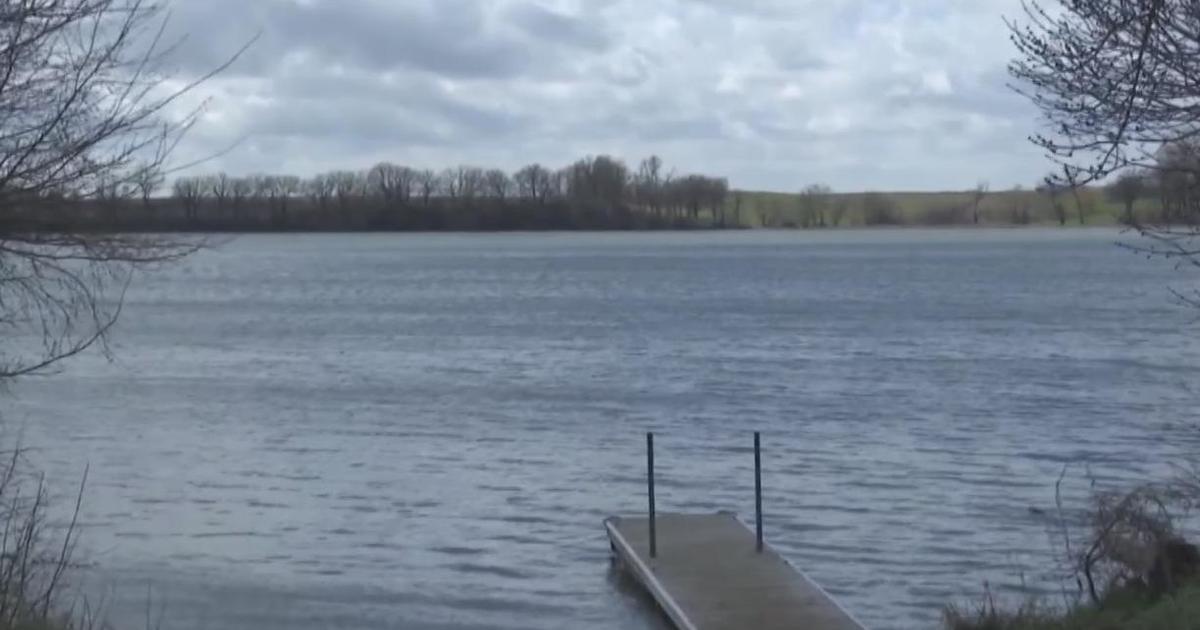DNR: Though Tempting, The Ice Is Still Too Thin
ST. LOUIS PARK, Minn. (WCCO) -- Rescue crews were called to Lake Victoria in St. Louis Park Thursday morning to check if someone had gone through the ice.
While no one had, ice is starting to form on Minnesota lakes and rivers following a disappointing season last year.
With the arrival of cold temperatures, many Minnesotans have hockey, ice skating, and ice fishing on their mind.
And though you may be ready to dust off the rod, and sharpen the skates, the ice is not yet ready for our wintertime hobbies.
"Most people that do fall through the ice are either on a snowmobile or an ATV," said Kara Owens of the Minnesota DNR.
As the first sheets of ice begin to form on Minnesota lakes, the DNR is getting fired up over preventing ice-related accidents this season.
"Right now in the metro area, DNR conservation officers are just reporting in some spots a thin, very, very thin sheet of ice on many lakes and rivers," Owens said.
As December arrives, remember that the weather, not the month, will yield ice thickness adequate for activity.
"Look at the thermometer, not the calendar," Owens said. "Just because you might have been outside this time of year last year, it doesn't mean you should be outside right now. The ice is just not very safe."
Consistent below-freezing temperatures are needed. Whenever the mercury rises above 32 degrees, the thickness of the ice is compromised.
And though your favorite ice-related hobby may inspire the desire for a frosty beverage, Owens says alcohol and ice do not mix.
"Alcohol actually makes you colder faster, and as we know, it impairs your judgment, so having a drink and going out on the ice -- not a good idea," Owens said.
Before any ice excursion, Owens advises to check with a local bait shop or resort that will know area ice conditions -- and continuously measure the ice thickness with an ice auger.
"Ice is never 100 percent safe," Owen said. "It might be really thick in one area, but there might be open water in the middle of the lake. You just never know. We want people to be safe."
According to the DNR, five inches of clear ice is required for these vehicles, four inches for any activity on foot.
And snow actually makes the ice weaker as it acts as an insulator. If there's snow on the ice, you need to double the guideline thicknesses.
Here's a link to learn more.



